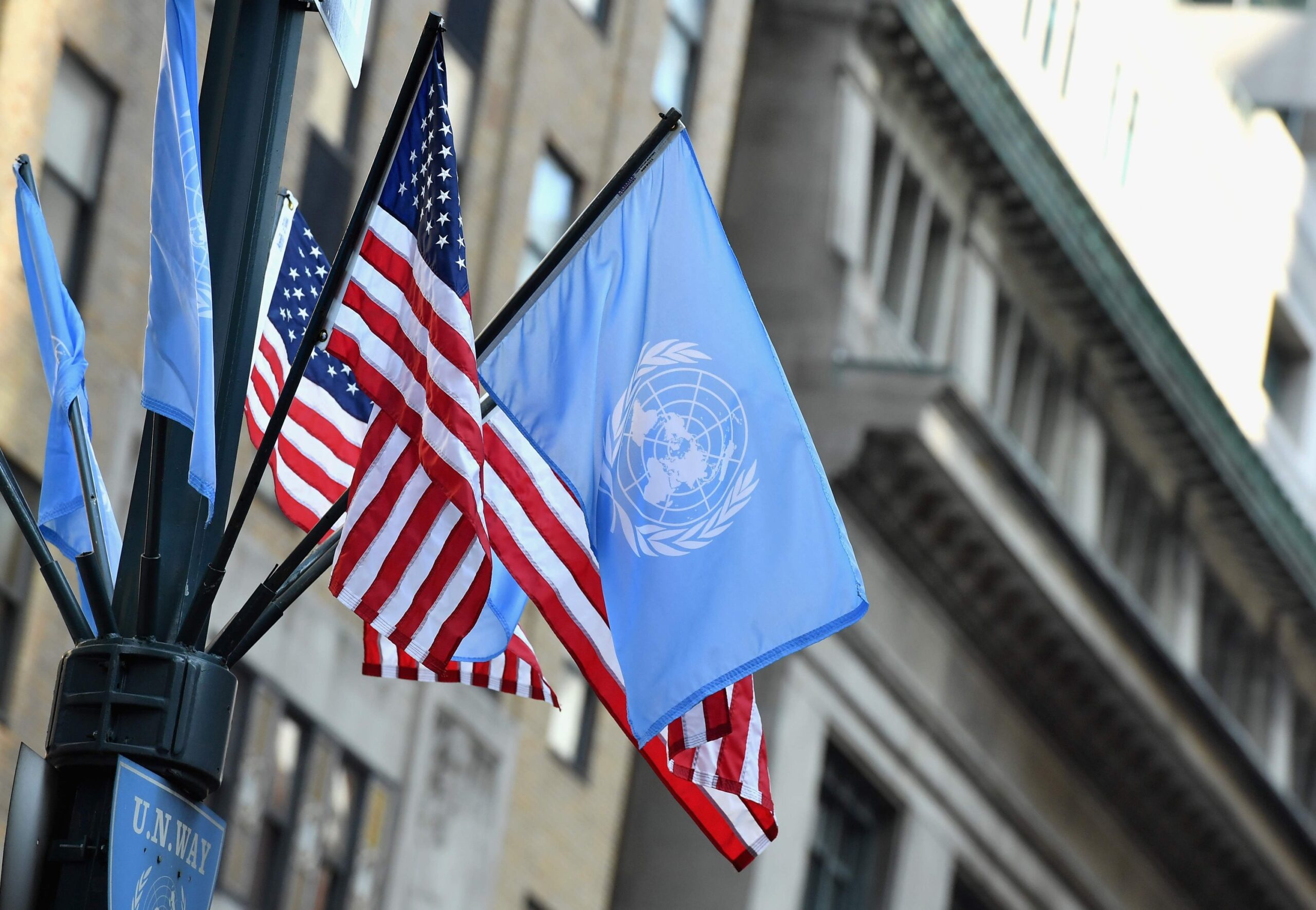World Economic Forums’ Strategic Intelligence Platform and K-12 Curriculum Development
The United Nations is entering an exciting period of renewal, inspired by the 2030 Agenda – a universal vision for a better world that leaves no one behind. During the month of July, in keeping accordance with this vision, the Division for Sustainable Development Goals, at the United Nations Department of Economic and Social Affairs (UN DESA/DSDG) and the United Nations Institute for Training and Research (UNITAR) organized the 2020 edition of the SDGs Learning, Training & Practice—a series of capacity building and knowledge workshops held at the UN’s High-Level Political Forum, featuring speakers and experts from academia and other sectors on crucial topics related to the implementation of the SDGs under review in 2020.
As a high school educator, I found Session 2 entitled “Developing Transformational Partnerships to Catalyze SDGs Implementation” applicable to the area of K-12 social science curriculum development. Organized by TPI together with the UN Department of Economic and Social Affairs, UN Office on Drugs and Crime, and the World Economic Forum. Bryonie Guthrie of the World Economic Forum, discussed their online efficient Strategic Intelligence Platform, a tool to address SDG4: Quality Education. The tool uses machine learning (data) and human intelligence (experts) that develop frameworks to better make strategic decisions.
To shape 21st-century learners, educators try to facilitate critical thinkers and active learners who think outside the box to bring about change. We develop lesson plans that address needed skills for college and career readiness and rigorous content to expand their thinking. The Strategic Intelligence Platform provides students an opportunity to research a myriad of core and key issues such as corruption and rule of law and law enforcement. The core and key issues have curated qualitative and quantitative data from reliable sources. K-12 social science educators can use this platform within their instructional models and strategies such as flipped classrooms, project-based learning, independent research, Socratic discussions, and whole-class instruction. Students can synthesize the information to solve problems, develop arguments and frameworks, create models, draw conclusions, generate ideas, or show their understanding and interpretation of an issue.
I find this tool both innovative and essential. It helps students see the big picture on the global issues facing the world. It provides a tremendous resource for exploring the interconnections between over 250 different topics and keeping students abreast on real-time information. The information is interactively presented and meets the needs of visual learners. Educators must partner with organizations that are making global impacts, thus shaping and preparing global citizens.



